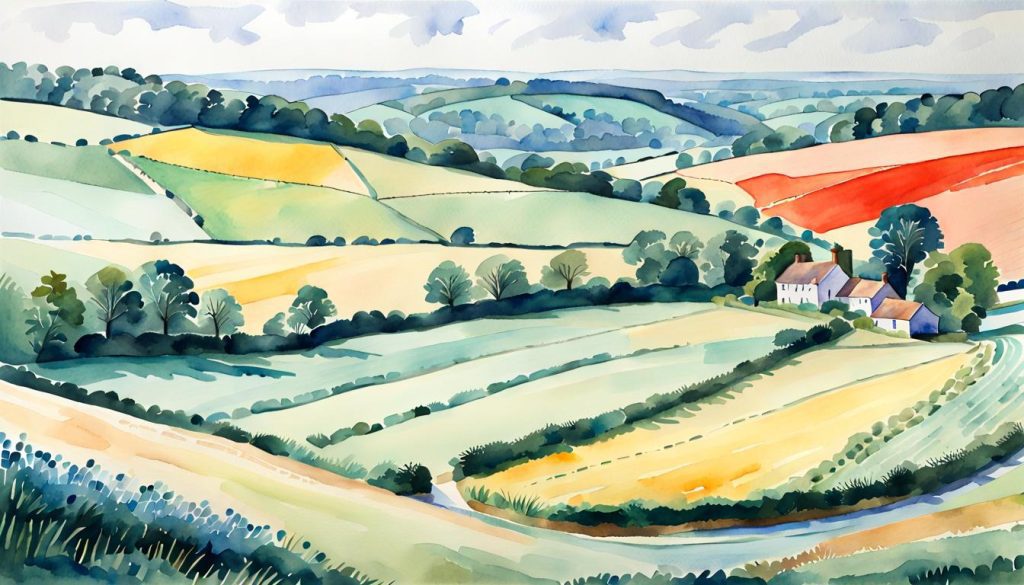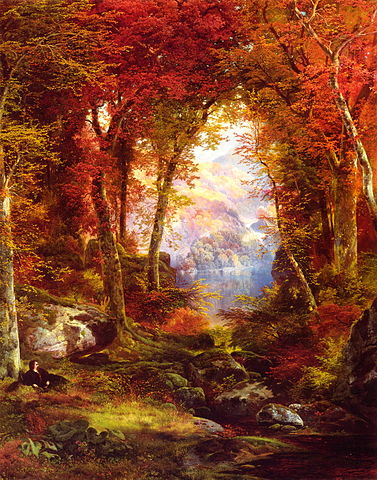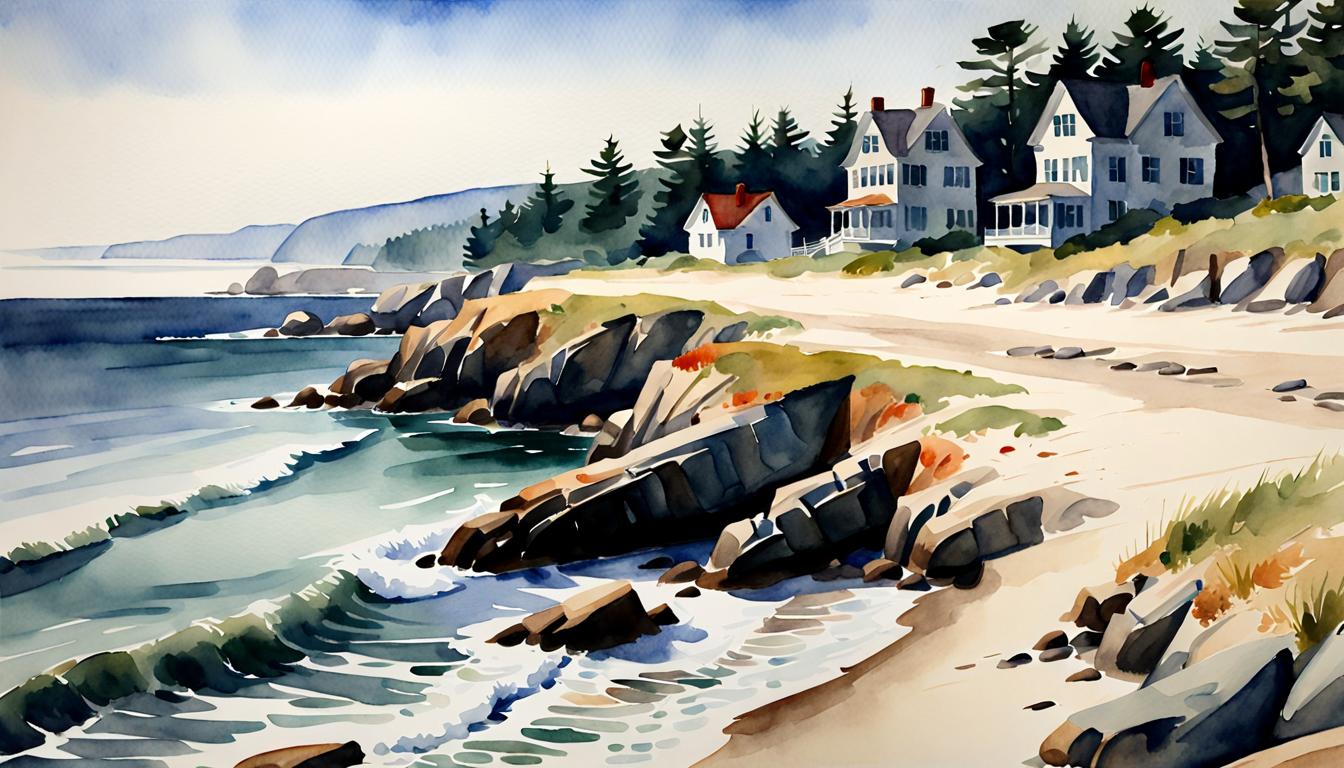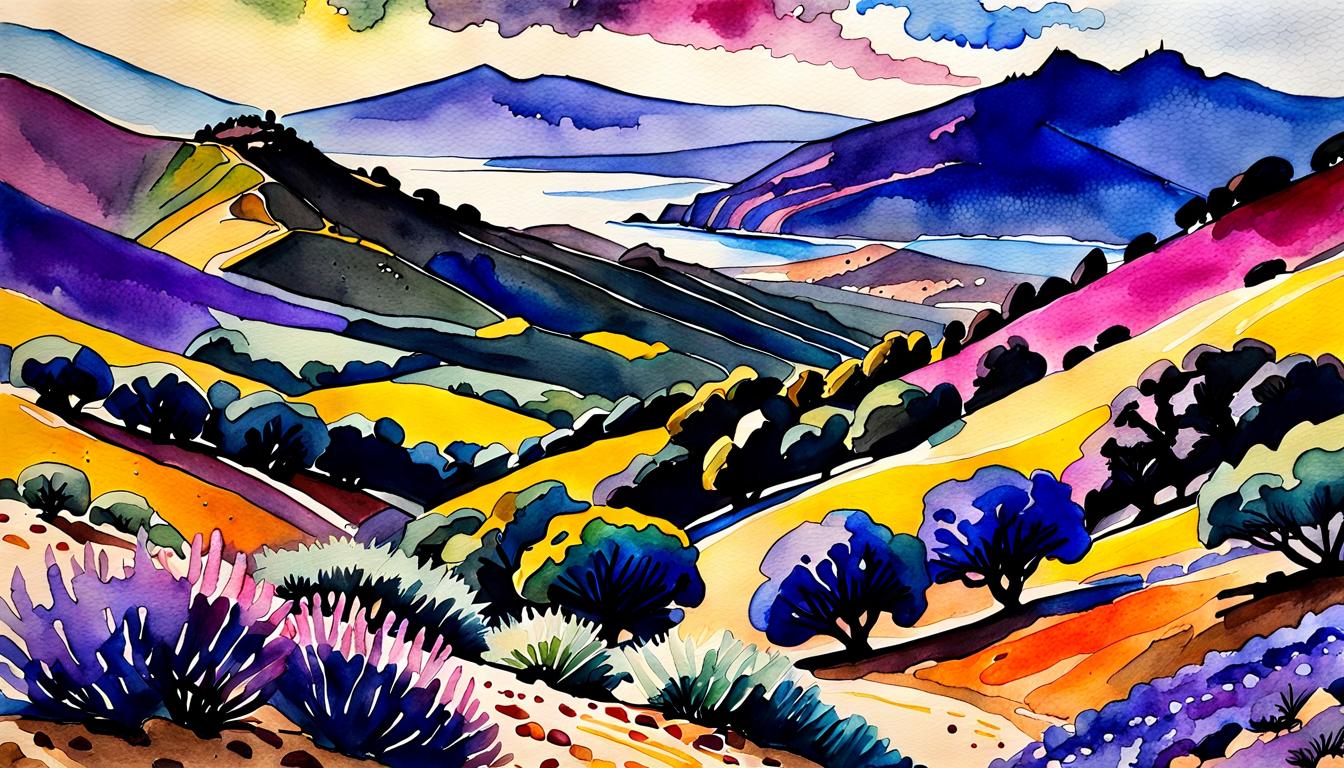
Watercolor painting is a journey of discovery, a delicate dance between the artist and the medium. It’s a medium that can be as unpredictable as it is beautiful, offering a unique challenge to artists. This article will take you on an odyssey through the world of watercolor, exploring the techniques and styles of five landscape masters.
The Delicate Depths
Watercolor is a medium that thrives on subtlety and nuance. The delicate depths of watercolor can be seen in the work of artists like John Singer Sargent, who shifted his focus to watercolor in 1900. Sargent is known for his technique and diverse subject matter, painting subjects “without really painting them,” as he often painted the area around the subject and added a few spots of shadow color..
Sargent’s approach to watercolor was an escape from his portrait commissions, and he used the medium to record foreign landscapes during his international travels. His work serves as a reminder of the delicate depths that can be achieved with watercolor, and the importance of understanding the medium’s unique properties.
The Bold Strokes
On the other end of the spectrum, watercolor can also be used to create bold, vibrant strokes. This can be seen in the work of artists who aren’t afraid to push the boundaries of the medium. One such technique is the ‘Pull in Colour’ technique, which requires the artist to paint a heavy line of color with a dry brush, and then use a clean wet brush to pull the color across the canvas. This technique, best for those with a bit more experience, can create bold, dramatic effects.
The Landscape Masters
Let’s delve into the works of five landscape masters who have made significant contributions to the field of watercolor painting.
- John Singer Sargent: As mentioned earlier, Sargent’s work in watercolor is renowned for its subtlety and nuance. His landscapes often feature a delicate interplay of light and shadow, with a focus on the natural beauty of the scene
- David Hockney: Hockney’s watercolors are characterized by their vibrant colors and bold strokes. He once said, “Water colours are wet colours in water,” highlighting the fluidity and unpredictability of the medium.
- Tom Hoffmann: Hoffmann’s work is known for its wide range of marks and strokes, demonstrating the versatility of watercolor. He believes that an infinite number of combinations of washes and strokes can serve as a translation of the subject.
- John Hulsey: Hulsey describes watercolor painting as a performance or a dance, emphasizing the dynamic nature of the medium. His landscapes often feature intricate details and a rich interplay of colors. See video below.
- Frank Webb: Webb is known for his approach to watercolor, starting with large flat brushes and plenty of water, and ending with the caress of a butterfly wing. His landscapes often feature bold, dramatic strokes[
| Artist | Notable Work | Medium |
|---|---|---|
| John Singer Sargent | “Simplon. Cliffs” | Watercolor |
| Frank Webb | “San Remy“ | Watercolor |
| Tom Hoffmann | “Lazuli“ | Watercolor |
| John Hulsey | “December Gold“ | Watercolor |
| David Hockney | “Mid Summer, East Yorkshire” | Watercolor |
Techniques to Try
Whether you’re a beginner or a seasoned artist, several watercolor techniques can enhance your landscape paintings:
- Creating washes: This is a basic technique where a thin layer of watered-down paint is applied, providing a background for your painting.
- Wet in wet: This involves applying wet paint onto a wet surface, allowing the colors to blend naturally.
- Dry brush: This technique involves using a dry brush on a dry surface to create sharp, textured strokes.
- Pulling paint: As mentioned earlier, this technique involves painting a heavy line of color with a dry brush, and then using a clean wet brush to pull the color across the canvas.
- Sponging: This involves using sponges to create interesting textures. Different styles of sponges will have slightly different finishes.
In conclusion, watercolor painting is a journey of exploration and discovery. From the delicate depths to the bold strokes, this medium offers a unique challenge to artists. By studying the works and techniques of the landscape masters, you can enhance your own watercolor paintings and embark on your own artistic odyssey.


